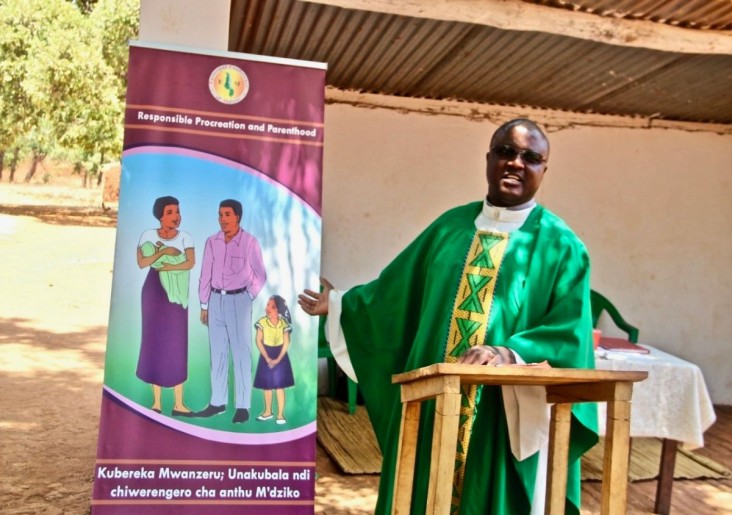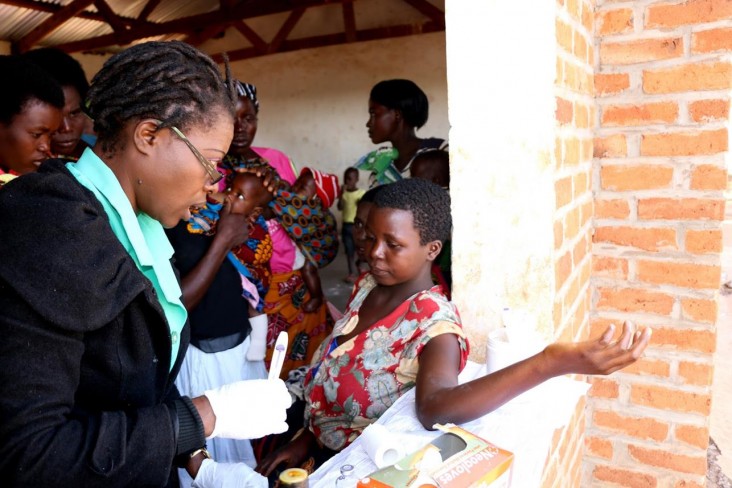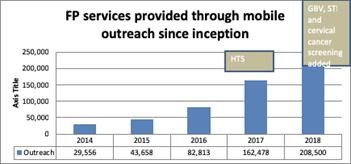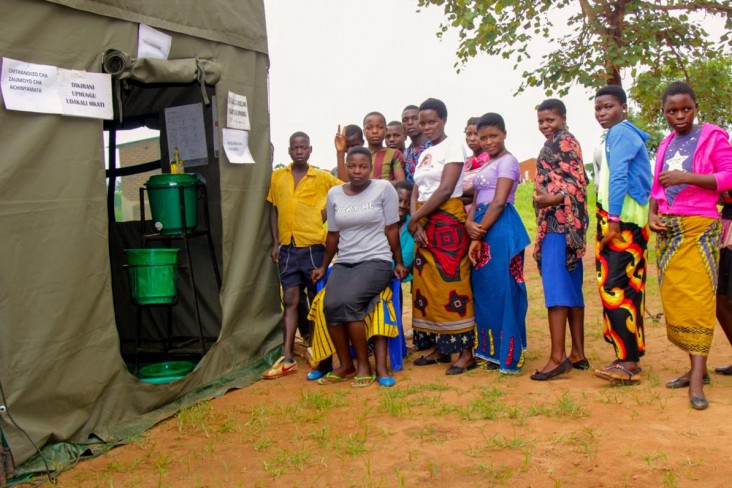Speeches Shim

In many ways, Malawi’s future is a race against time. With a current fertility rate of 4.4 children per woman, Malawi’s population of 17.5 million will double to 35 million by 2040, if fertility remains steady. If this comes to pass, it is difficult to imagine how the Government of Malawi (GoM) can achieve its education, health, and economic development goals. There will simply be too many citizens for Malawi’s growing systems to absorb. If the fertility rate remains at 4.4 children per woman, for example, the resulting population growth would mean that in 2050, Malawi will need 6,936 more schools than if the fertility rate were 2.3 children per woman. Every one of those additional schools would need to be filled with a full complement of teachers and materials and supplies. In other words, the future costs associated with Malawi’s current population growth trends are enormous. Perhaps even more alarming, Malawi’s teenage pregnancy rate increased from 26 to 29 percent between 2010 and 2016. Given that 60 percent of Malawi’s population is 24 or younger, this trend will have a big impact in the wrong direction. To address these challenges, USAID is working with partners and faith-based communities to support the GoM’s plan to dramatically expand the quality and reach of informed and voluntary family planning (FP) services to underserved communities.
Health Surveillance Assistants

GoM-employed community workers called Health Surveillance Assistants (HSA) are the central pillar in the effort to increase access to FP services in Malawi. They are at the center of multiple efforts to expand FP and associated services farther into the countryside. With USAID support, the HSA role has evolved over time from conveners and public health advocates to actually providing some health care interventions, including short-acting contraceptive methods. HSAs possess real credibility with community members and therefore play a central role in facilitating a spectrum of other FP strategies.
Integrated Family Health Outreach Clinics and Integrated Mobile Outreach Services
USAID partners are using a variety of innovative approaches to deliver comprehensible, voluntary and informed FP services that radiate out of the district centers and established hospitals into areas where the data shows that women, especially young women, do not have access to modern family planning information and services. In Balaka district, for example, obtaining FP services was a challenge for most men and women in the reproductive age group. Due to religious factors, about 43 percent of the health facilities do not offer contraceptive services. To address these challenges, USAID activity Organized Network of Services for Everyone (ONSE) staff:

- worked with faith-based hospital administrators to train hospital practitioners on FP services and on how to refer clients to appropriate service providers when their faith-based facility did not provide such services;
- helped HSAs deliver short-term contraception and refer clients for long-acting and permanent methods;
- expanded the use of Integrated Family Health Outreach Clinics in underserved areas through which district health workers provide a suite of health services, including a full range of FP methods;
- conducted biannual FP campaigns in underserved areas.
Similarly, USAID Partner PSI developed Integrated Mobile Outreach Services so that women and girls in hard to reach areas can access up to five common health services (cervical cancer screening, FP interventions, etc.) in their communities. These outreach services have enabled several hundred thousand women to obtain FP services without very long journeys to established district health centers. Going even deeper into unserviced areas, USAID trains and supports HSAs who provide information and services via makeshift village clinics. In some areas, even volunteer community health workers are used to raise FP awareness door-to-door.
Faith-Based Community Engagement

Around 97% of Malawians consider themselves a person of faith. As such, churches and mosques are central to their way of life, and faith leaders are influential figures in society. For several years, USAID has supported activities that engage and build the capacity of faith leaders to speak with their congregants about key development issues, including population and family planning. Through the Health Policy Project (HPP), and now the Health Policy Plus (HP+) project, the Muslim, Catholic, and Protestant mothers groups have come together to learn about the benefits of FP and the impact of population on development, and to spread the word on these issues. A 2015 survey in Malawi found that 72% of respondents agreed that religious leaders should play a role in teaching their congregants about the benefits of family planning.
With assistance from HPP, the Christian and Muslim mothers groups developed Faithful Voices advocacy guides to promote faith-based dialogue on population and family planning. Using these advocacy guides, the Malawi Council of Churches, Seventh Day Adventists, the Episcopal Conference of Malawi, the Evangelical Association of Malawi, Quadria Muslim Association, and the Muslim Association of Malawi have received small grants to undertake various types of sensitization efforts, including community dialogues and meetings with traditional leaders, youth, and media to inform on modern FP methods.
Focus on Youth
Research shows that FP adoption is low among youth. Only 38 percent of married adolescents (15-19 years old) currently use a modern contraceptive method while only 37 percent of unmarried sexually active women do so. For this reason, all of the USAID work in the family planning space, from HSAs to mobile clinics to faith-based community engagement to the distribution and use of modern contraceptive methods are being designed with youth-friendly strategies in mind.
Impact
Although much remains to be done, USAID efforts have already had a profound impact on the FP environment in Malawi. Two key indices in which USAID has played a pivotal role are:
- An increase in the contraceptive prevalence rate from 7 percent in 1992 to 59 percent in 2016 - a more than seven-fold increase, and
- A reduction in the total fertility rate from 6.7 to 4.4 over the same period.
In addition, USAID has helped establish voluntary and informed FP as a universal topic of concern among policy makers and healthcare professionals in Malawi, and has been instrumental in helping the GoM to approach voluntary and informed FP in a multisectoral manner and with an official budget line. If the GoM, USAID, and its many partners can maintain and even accelerate these trends, thereby increasing the control Malawian women hold over their reproductive health, Malawi can achieve a total fertility rate that supports rather than hinders their development agenda.

Comment
Make a general inquiry or suggest an improvement.